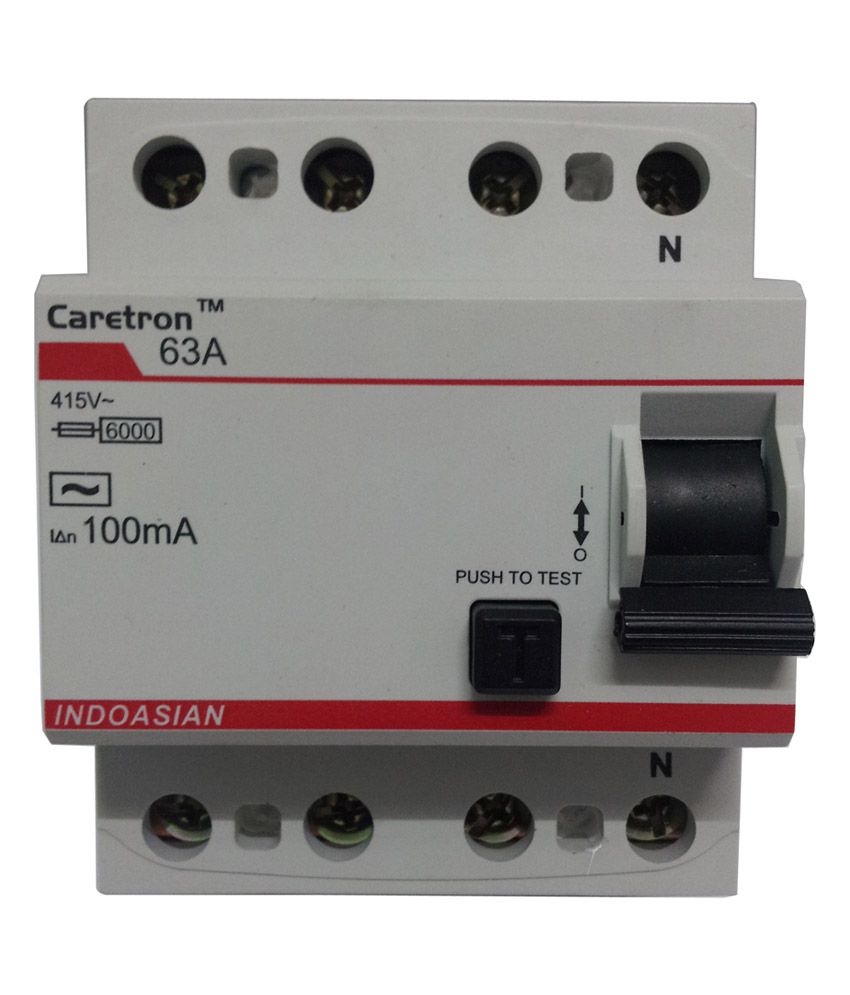What Is An MCCB, Exactly?
An electrical safety device called a moulded case circuit breaker (MCCB) protects an electrical circuit from overload or a short circuit produced by a high current. Because MCCBs have a current rating of up to 2500A and changeable trip settings, one may use them for a wide range of voltages and frequencies. In large-scale PV systems, these breakers are utilised instead of microcircuit breakers (MCBs) for system isolation and protection.
MCCBs have the advantage of being able to be customised to meet our needs by adding new features like remote closure and UV trip, for example. It is the most cost-effective and functional alternative to an air circuit breaker.
IndoAsian has a large selection of MCCBs ideal for residential and industrial applications. Our designs are among the best in the business, and they’re built to last, be safe, and be simple to wire.
Types Of Moulded Case Circuit Breakers
The MCCB is organised into five categories based on the level of their trips:
Type B: They activate when the fault current reaches three to five times the full load current. It’s employed in several household applications, such as resistive loads, lighting loads, and so forth. This beaker’s operation time ranges from 0.04 to 15 seconds.
Type C: Inductive loads such as transformers, welding equipment, and electromagnets are handled by the Type C breaker. It features a time delay of 0.04 to 5 seconds and a current range of 5 to 8 times the full load current.
Type D: Designed for high-starting-current applications such as motors, pumps, and elevators. It has a temporal range of 0.04 to 3 seconds and an operating range of 10 to 15 times.
Type K: It activates when the current reaches 8 to 10 times the maximum load current. The most appropriate feeder protection is a type K MCCB, which has an operational time of 0.04 to 5 seconds.
Type Z: These MCCBs are extremely sensitive, enabling 1.5 to 3 times the full load current to pass through. Type Z is the best choice for electronic loads that require high-speed tripping.
MCCBs vs Distribution Panels: What’s the Difference?
A fuse is an important part of every distribution board. A fuse is a crucial component of a distribution board because it protects your circuitry from overcurrent. The fuse quickly shuts down the main supply in the event of an overcurrent, protecting your equipment as well as your home or business from any electrical danger.





